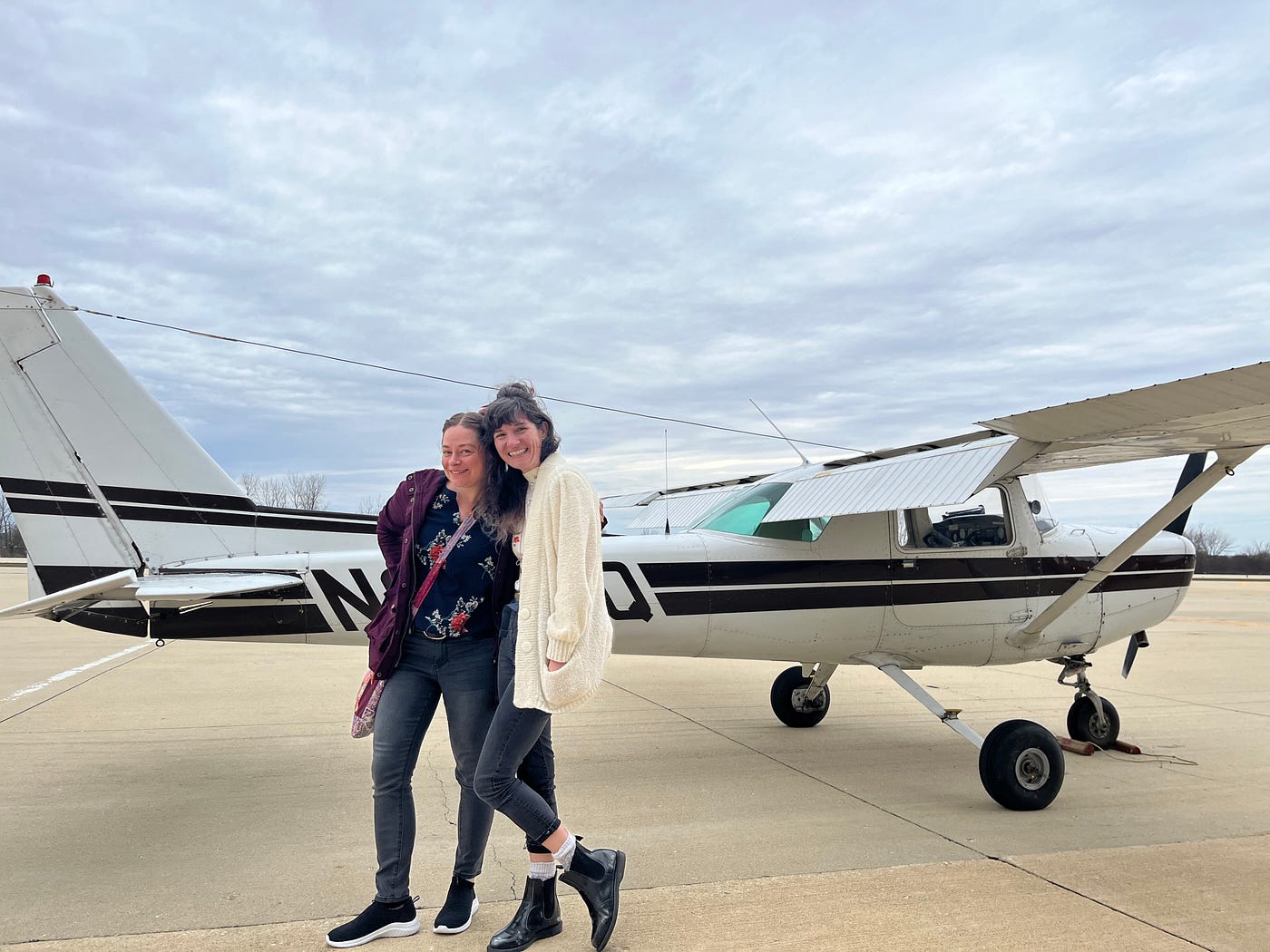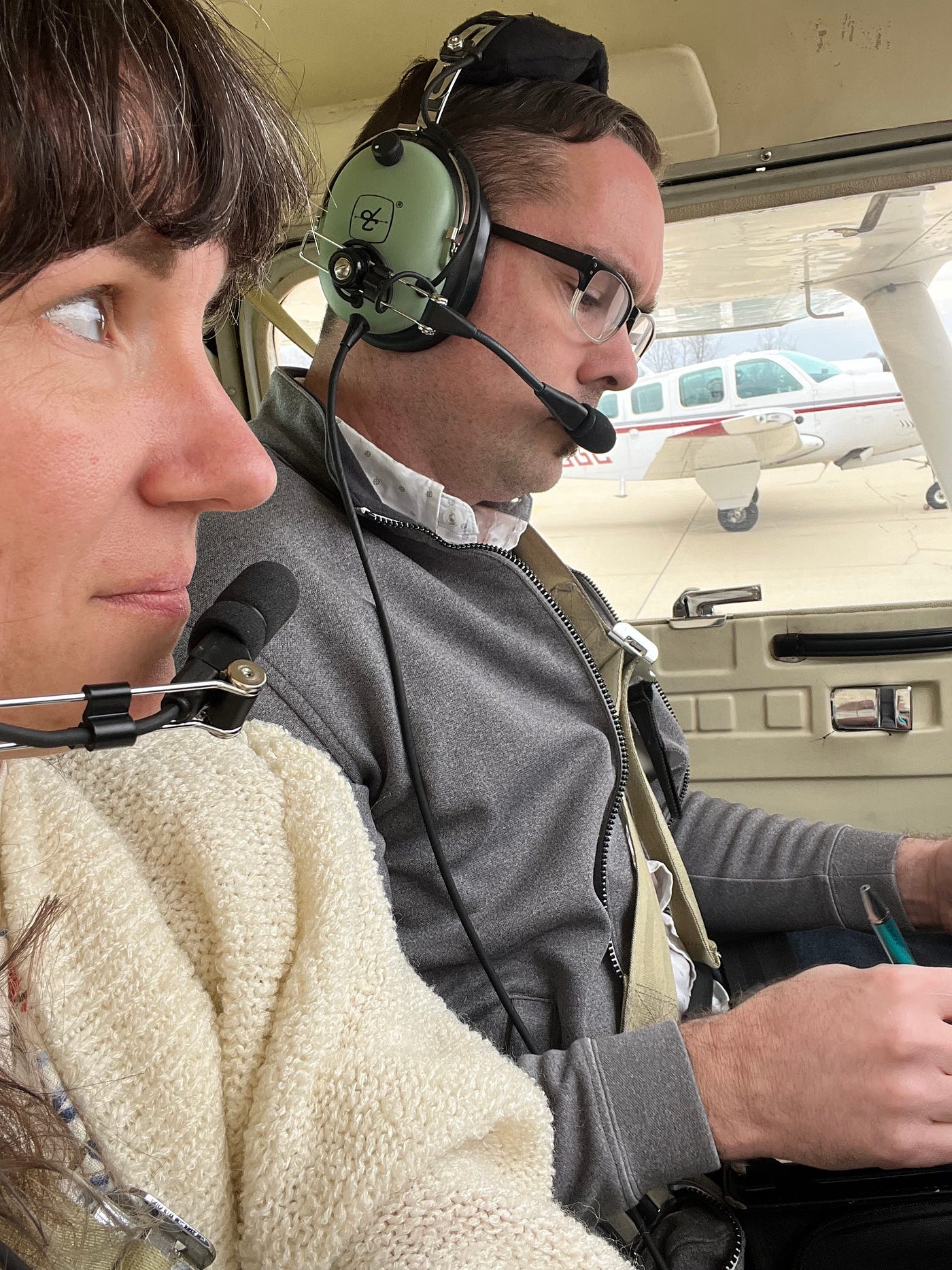

Embracing Possibilities: A key to contingency thinking
source link: https://medium.com/@laurenliss/embracing-possibilities-a-key-to-contingency-thinking-2836a8233d8
Go to the source link to view the article. You can view the picture content, updated content and better typesetting reading experience. If the link is broken, please click the button below to view the snapshot at that time.
Embracing Possibilities: A key to contingency thinking
Just because something is possible, doesn’t mean it will happen. But isn’t it nice to embrace what is possible?
Good designers know there is no “one way” to solve a problem. That is a foolish mindset to enter in to — especially when you are designing in service to an audience. You can even be designing for ONE PERSON, and there are multiple “right” answers. Before we go any further, please put on this mindset hat of “there is no one right way.”
[ Sometimes I embody my instructions literally. If you struggle with this: find a hat. Decide it helps you see multiple futures. Put it on your head. See how it feels. You have all the power to control your mindset. You look great in that hat. ]
There is a tremendous catharsis when you realize that you can stop trying to find the best solution or the right solution, and begin looking at all of the possibilities. And you can apply this to your professional work (I will get into that more, I promise, because we all love concrete ideas), but you can also use it to help make your manner of thinking more productive IN LIFE: the living and existence parts of it, not just the work parts of it. And this concept — being able to see the future, understand there is so much possibility there, and be optimistic about that possibility — is in terribly short supply right now for humanity. The world is hot garbage on fire and we are all just treading water through a global crisis (pick any one you want, there’s plenty to choose from), and feeling optimistic about tomorrow, let alone next year, can feel impossible.
How can we be optimistic if we cannot see that the future is real?
I start by focusing on possibilities: they are small, I can assess them (possible / probably / why? / then what?), and I can start to see the shape of a problem if I look at enough of them. Seeing that shape is usually enough to feel a sense of “this can be real if I want it to be.” Then I do the work to create the circumstances where the probable outcomes that I want to see happen have space to happen. It doesn’t mean they will happen! But it does give me an entry point into something I can control in the ambiguity, which activates my agency and can result in manifesting the thing I think should happen — not by accident, but because I worked to make it real because I thought it was worth seeing what happened next.
What if I get in a tiny plane today?
Here is a story of how contingency thinking and embracing possibilities can result in something even more incredible than you thought was possible. A very dear friend let me know she was in the Midwest temporarily. She lives in Boise, but was here until the end of the month. Her partner is a flight instructor. Since we are so so so close and miss each other so so so much, what if they fly the tiny plane down to me and we have lunch?
Yes. 100% yes. Count me in.
If you ever want to get my time, make me a weird offer I cannot refuse like “see someone you love and maybe go in a tiny plane” because I cannot turn down the possibility of a weird story. I accepted, another friend hoping to join us let me know that being in a small plane sounds like his nightmare. To which I replied “oh me too! I am not excited so that I can be in the tiny plane — I probably won’t! — but I am thrilled about the fact that it is a possibility.”
Even with your history of motion sickness and claustrophobia?
Even with those. A tiny plane should be my nightmare fuel — everything about it goes against how I define comfort. My claustrophobia is so weird that I have to sleep on the side of the bed closest to the door. It does not matter what bed or where it is. I bought a tent with two doors because it causes me that much anxiety. I have been “a medical emergency at Belmont” because I passed out on a Chicago CTA train due to these two problems creating a panic attack (I bring cereal on the train now, its OK.) This is all real to me and my lived experiences, so of course it factors into my decision-making.
I knew it was unlikely that I would go in the plane. But I knew that I didn’t know for sure, even though everything in my body said “there is no way you are going in that plane.” Why would I dash a possibility before even giving it a chance to be? So I went, to let it be and see what happened contextually.
Of course I got in the plane.
It was so much smaller than I had anticipated — not much larger than a large pickup truck? You could maybe park it in some parking spots?

It seats two people, and feels a lot like the interior of my first car: a 1976 BMW 2002 bought for $600 in 1996. All buttons and function and metal: you realize you are in A Machine, and it feels like it.
Nope. nope nope nope nope.
But I got in, and he showed me how all of the controls work like a fantastic instructor should because it helps me feel empowered and in control of this machine and the physics I barely understand that make it work.
Feel free to ask me anything about this plane. I cannot answer a single meaningful question about it, I am here for the ride and sweating.I sat in the seat wondering “how is this possible? how is it just A Monday? how can I stay in this seat and not race to my car and drive home and get in bed?”
Then we took off.
A few minutes into the flight, he asked me if I wanted to take over the controls and explained exactly what that means. My head screamed NOPE ABSOLUTELY NOT and my mouth said “hands on controls.” and he took his hands off his controls and then I was flying a plane.
I was flying a plane. For about 90 seconds. And turned it twice.

And that is the value of contingency thinking: it helps you define what is possible, so that you might guide that journey a bit. In your own life, you get all of the agency in those choices if you choose to see that you have that power over possibilities.
Cool story, but I cannot “manifest my future” in design work for others
That is absolutely true — how narcissistic and entitled that would be to assume that what is best for you is best for everyone. I would argue that practicing this mindset in your own life (where you get all the power and control if you can gift it to yourself) can help you understand how to pragmatically apply it to the work that you do for others. When you can see possibilities for yourself, it becomes a lot easier to see possibilities broadly — even the ones that don’t involve you.
Seeing possibilities situated within a professional environment requires some additional consideration. In order to create meaningful change in this mindset, several things should to be in alignment:
- Productively assess possible and probable outcomes, while keeping an eye on scope.
- Keep your threads of thinking reasonable and actionable: contingency thinking has diminishing returns after a certain point, and results in rumination. Rumination is mentally dangerous and destructive.
- Create an environment of active listening. You cannot do this work well if no one wants to hear it or value it.
- Decide the possibilities that have the greatest capacity for impact, and help them become an opportunity.
- Take the opportunity if it presents itself and is contextually appropriate.
- See what happens and then do it again, but also learn from it.
This is not a one time activity. This doesn’t integrate into a single point in the creative process. It should be a consistent narrative thread alongside other production and business processes. There is no one spot to stop and say “have we considered…” — you need to do that and keep doing it when it has the capacity to be meaningful. For decisions big and small!
If you have been doing this sort of work and have found ways to make it successful, hit me up! A collection of contingency design methods would greatly benefit many areas of creative process — let’s make one together. I’ve already started, but you all are invited.
Recommend
About Joyk
Aggregate valuable and interesting links.
Joyk means Joy of geeK